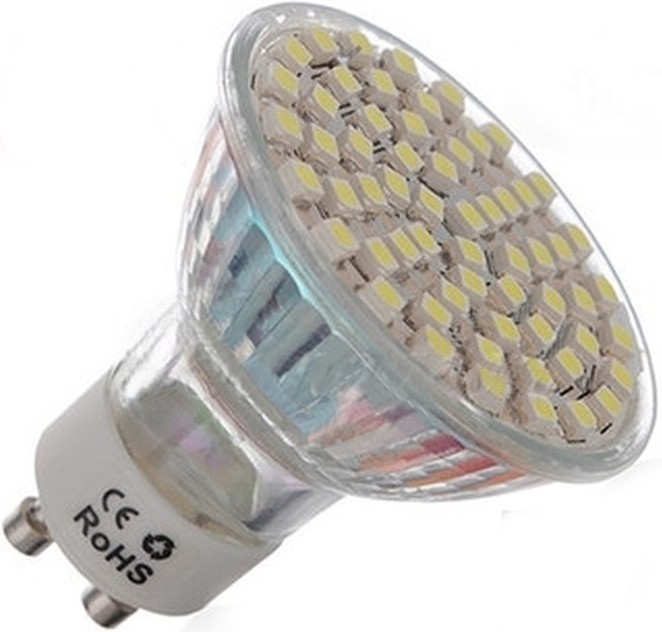Converting your home to LED lights is still a challenging user experience

Switching to LED bulbs in your home is still a bit expensive, but makes a lot of economic sense – as you quickly earn your money back through a MUCH lowered electricity bill. Yet it is quite a challenge for most people.
I just successfully replaced 40 halogen and incandescent bulbs of the most varied fittings, sizes, lighting strengths and shapes. The new bulbs all fit and have the luminosity and color warmth that we want in our house. But I can only conclude that industry and retailers need to do a much better job at explaining the challenges and helping customers understand why to buy LED bulbs and what types to buy.
The first impression most people have of LED lights are usually the display racks in retail stores. The fact that LED lights sometimes come in the most bizarre form factors are off-putting if anything, while key information is largely provided in jargon (kelvin, lumen, fitting mount codes, etc.).
The next thing you might then do is go online and search for more relevant information, only to get lost in myriads of blog posts, tech jargon filled pieces, or product tech sheets. The best backgrounders I found – with some effort – are this one from The Guardian and one from the European Commission (in 22 languages!). Nothing much from industry, where websites focus immediately on individual products.
Then you have to figure out what you need in your house (or office). Besides the fitting mounts, the bulb sizes and the wattages, there are four key things to take into account:
- Colour temperature: In short, the lower “K” or “Kelvin”, the better. For home use stay on or below 2700K for a warm white.
- Luminosity or light strength: Commonly described in watt, but the most accurate value is actually “lumen”, or even better “lux”.
- Dimmability: Some LED bulbs can be dimmed but it is usually never clear if you need a special dimmer for that or can do so with your regular dimmer – so trying out is the only option consumers have. Good luck.
- Avoiding false savings: As The Guardian writes, “halogen bulbs use so much electricity for the light they produce – just feel their heat – that it’s a false economy to wait until they blow to replace them”.
Finally there is purchasing itself. Most DIY stores and electricity supply retailers limit themselves to the most common bulb choices. Special sizes and fittings are not that easy to find. You may want to buy online (which is what I ended up doing).
It is generally recommended to buy only products from reliable brands (Philips, Samsung, etc.), as there is quite some unreliable junk on the market. But these “reliable” brands may not have the exact fitting mounts, wattage or colour temperature you are looking for. It is also hard to find out what quality control the various retailers have in place, and what guarantees consumers have if a product is not up to par.
In all, this is not a trivial matter. If all homes and offices in a city would switch to LED, much less power would be needed in that city, and this would mean a significant impact on carbon emissions. Governments and media are starting to do their part in helping people navigate this.
Industry is lagging behind. Making the products is only part of the challenge. Guidance in consumer education and behavioural change is hardly addressed. It is a job for service designers and good writers/storytellers.
The industry or retailer that ends up doing that job well will gain quite a competitive edge in a rapidly growing market.



